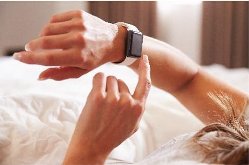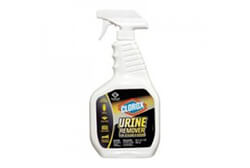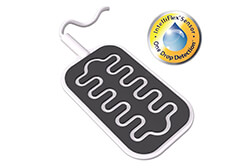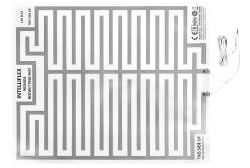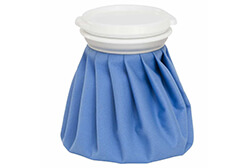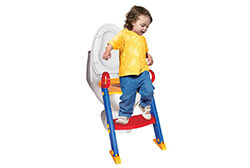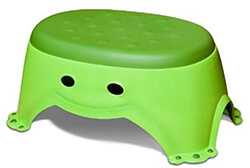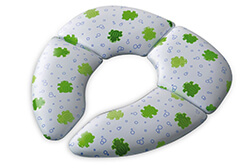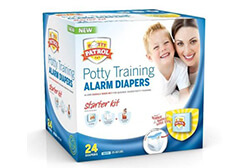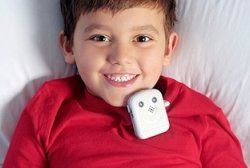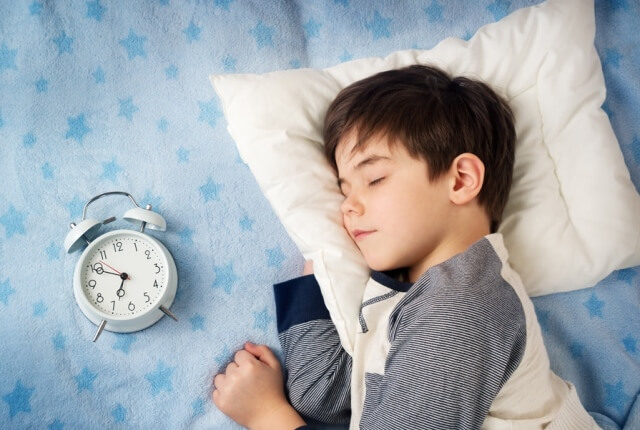Bedwetting Alarm – What Parents Need to Know
Last Updated on February 17, 2023 by One Stop Bedwetting
A bedwetting alarm is among the most effective and safest treatments to stop bed wetting in children five years and older who wet their bed. Several factors such as deep sleep, small bladder capacity, increased nighttime urine production, constipation and food sensitivities may play a part in bedwetting.
The main purpose of bedwetting alarm is to help your child get up or sleep through the night without wetting and urinate in the toilet rather than wetting the bed. Bedwetting alarms have a moisture detection sensor which detects as little as a single drop of urine and triggers a buzzer to go off. Research indicates a 60-80% long-term success rate when an alarm used correctly. This is very high compared to most other methods and bedwetting alarms have no side effects.
When you buy a bedwetting alarm for your child you need to know few things that helps to get fast and better result. Here are a few tips for parents who are considering purchasing a bedwetting alarm.
Your child’s response to the alarm may be not be as expected in the beginning because most children who wet the bed are very deep sleepers. The signals of a full bladder aren’t strong enough to wake them. To make the bedwetting alarm work parents should wake up their child up as soon as it goes off. Parents (Mom or Dad) should try to sleep in the child’s room initially so that the child, even if he is a deep sleeper should get up before wetting the bed till he can respond to the alarm. If you are not sleeping in the same room, try going to your child’s room as quickly as you hear the alarm and wake up your child. You may also need to assist your child safely to the bathroom to void.
Buy a bedwetting alarm that has variable tones and loud volume so your child does not gets used to one tone. Instruct your child to go to bed with the radio or television off and go to bed at a reasonable hour. Provide a strong night light near the bed so your child can quickly and easily move to the bathroom and urinate into the toilet.
Encourage your child to “beat the Alarm” by waking up when he or she feels the urge to urinate but before any urine leaks out. If the alarm does go off, your child should be taught to get out of the bed, go to the bathroom and urinate into the toilet.
Treating constipation is often the first step to treating bedwetting in most cases. If your child is having pain or straining with bowel movements, this could be contributing to bedwetting.
When buying a bedwetting alarm consider that it has to be comfortable when attached to child and won’t fall off when children toss and turn. Bedwetting alarm should have wire long enough for older children and should be easy to clean on daily basis.
Compare bedwetting alarms before you decide on what’s the right one for you. Watch videos, read reviews and if necessary, call the manufacturer to understand the key features of your investment.
Wearable bedwetting alarms are most popular for children. A wire runs from the sensor attached to underwear to vibratory alarm, which is attached to the shoulder of the child’s pajama top.
Bedside bedwetting alarm this is preferred by teens and adult bed-wetters. In this type of alarm, a bedwetter lies on a moisture-sensitive mat that is connected to an alarm. When urine leaks on the mat the alarm will sound.
You can choose a bedwetting alarm according to your child’s comfort. Even when your child is convinced, they will no longer wet the bed, encourage them to continue to wear the alarm until they have had 14 consecutive dry nights.








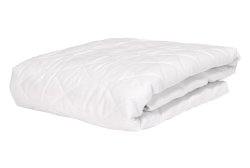 Our #1 Top SellerIdeal for Daily Use
Our #1 Top SellerIdeal for Daily Use Premium Quality BeddingSoft and Comfortable
Premium Quality BeddingSoft and Comfortable Premium Quality BeddingLarge Urine Absorption
Premium Quality BeddingLarge Urine Absorption AFFORDABLE PRICECHANGE DAILY AS NEEDED
AFFORDABLE PRICECHANGE DAILY AS NEEDED
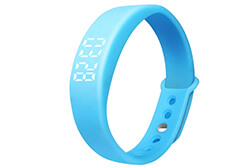 Sleek, Stylish and Affordable Watch
Sleek, Stylish and Affordable Watch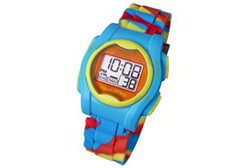 Multi-Function Watch with Numerous Features
Multi-Function Watch with Numerous Features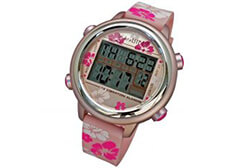 Recommended watch for teens and adults
Recommended watch for teens and adults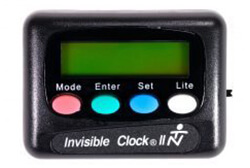 Perfect for medication and other reminders
Perfect for medication and other reminders